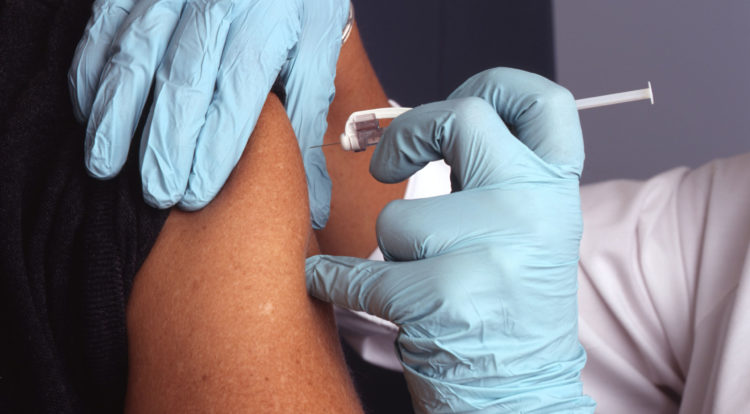The threat from COVID-19 continues to taunt us. As predicted, we will experience infection spikes and bug variants for a long time. This should not come as a surprise. The common cold has been around for eons, and we’ve not beaten it yet. Come to think of it, we haven’t been able to put the kibosh on the multitude of influenza variants either.
One of the biggest challenges facing communicators today is how people perceive the vaccines and their safety and efficacy. We’ve all heard variations on several themes of resistance: there’s is a microchip in the injection, it’s a government ploy to subdue us, the virus itself is a scam.
These are hard perceptions to beat back after the barrage of bad information on the internet, social media and even the mainstream media. Let’s not forget, no one was sure what to do at the onset of the crisis and misinformation was everywhere, floated by just about everyone.
Countering these early mixed or wrong messages has been daunting. This isn’t news to anyone in public relations. After all, we deal with perception versus reality all the time. When I really believe something, even if it’s dead wrong, it’s hard for me to let go of it.
Psychology has a lot to do with how people handle information. There are terms we use in public relations, such as selective perception and selective retention, that help to explain this process. Selective perception is that we only pay attention to those messages we can relate to, find meaningful or find in agreement with our views. Selective retention is simply that we remember what we want to remember.
While understanding the psychology of perception is helpful, it’s also important to get to our intended audiences early or first to help shape their perceptions before they hear something different from someone else. Once an opinion is formed, it is hard to alter. I always say when I walk into the classroom on the first day, the students immediately form an opinion of me – even before I open my mouth. It may take the entire semester to try to change their views once those first impressions have been formed.
In our ensuing crisis, many of the early disastrous communications on COVID-19 from all types of experts continue to impede our progress today. Consistency of message is key if you want people to comprehend the truth. Are masks effective? Are they not? Does one vaccine have advantages over others? There are just as many variants of “sage advice†as there are of the flu. We heard from a lot of wise people providing advice 24/7/365, yet a lot of that advice was confusing, incorrect or simply fabricated.
Many people have simply lost faith that government and the media will provide them with usable, verifiable and helpful information. The default position of a lot of individuals is to mistrust the government, and communicators have to try even harder to convey accurate, consistent information to counter those first miscommunications.
There may be millions and millions of opinions in the U.S. concerning COVID-19 and the vaccines, and many people have used selective retention and selective perception to filter out what they don’t want to hear. This continues to make the road tough for all of us, including public relations practitioners.

